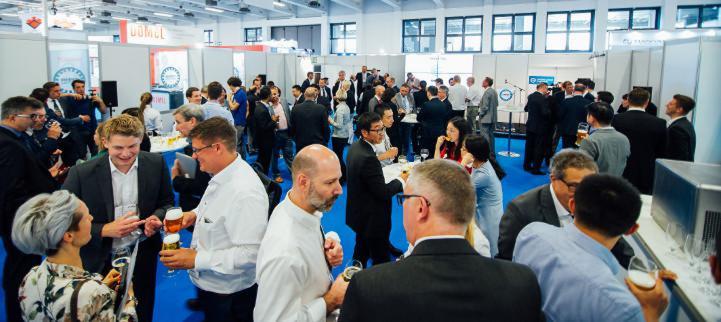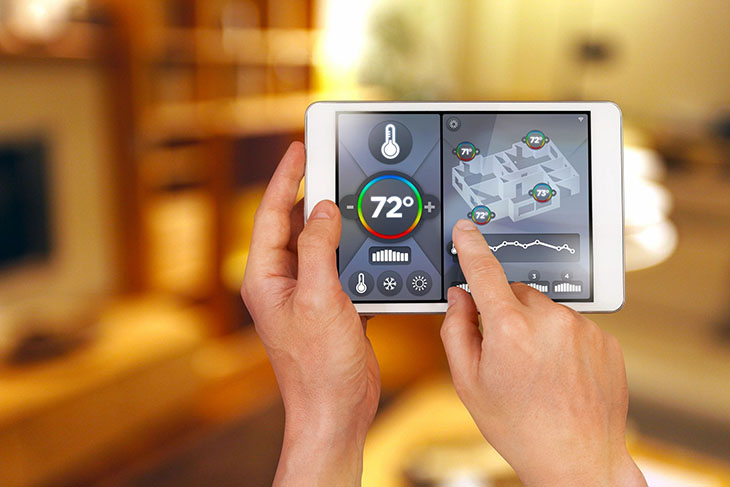 Hugo Ashkar, Global Projects Risk Manager at BP, provides his insight into how BP takes a holisitic and evergreen approach to project risk management.
Hugo Ashkar, Global Projects Risk Manager at BP, provides his insight into how BP takes a holisitic and evergreen approach to project risk management.
Hugo, can you please tell us about your background?
I have worked in oil and gas projects for five years. I presently hold the role of Risk Manager for our capital projects group called Global Projects Organization. Prior to this role, I’ve worked in other industries like aerospace and software, in specialty engineering disciplines like risk, reliability, safety and quality engineering.
Can you tell us a little bit more about BP’s overall project risk management approach?
From a project point of view, our risk management approach is both holistic and evergreen. The holistic aspect comes from the considerations of all elements of risk within a project. Safety is our core value so we do pay a lot of attention to safety and operational risk.
Beyond safety and operational risk, we look at strategic and commercial risks, and compliance and control risks that may impact the commitment of delivering the project in a safe manner. The evergreen part comes from the active risk management processes we have within the project teams. We break down the project in stages, and for each stage, we conduct a minimum of one, sometimes more, risk ID workshops that refresh the risk register for the project and maintain it evergreen.
We have monthly risk reviews where we performance manage the risks from the point of view of completing them; completing the actions, status of actions and so on. Finally, at project closeout, we deliver the residual risks to the operations organization that will be operating the asset for the duration of its plant life.
What do you see as some of the biggest risks to the large capital projects today, particularly in the current market environment?
The price of oil is the first of the line of risk we face. We sanction projects at a specific price so the mere existence of the project hinges on the visibility of the project within the current market environment.
Once the project is defined, the risk profile evolves within the lifecycle of the project: from the early stage of developing a concept, to understanding the limitations, the
size of the field, the risk-reward uncertainties, to the developing of a sound engineering solution over the project.
And finally, during the execute stage, the risk profile evolves into more of the sign and construction stages of what we do: risks associated with heavy lifting, construction activities, vessel to vessel interactions, vessel to platform interactions, etc.
What are your thoughts on the most effective approach to risk governance?
The key measure for effectiveness of a risk program is twofold. One, the program has to be evergreen. This is not an annual thing, like something we do, like income tax preparation, for instance. The evergreen aspect of the risk management process is what represents its highest value. And as such the process has to be able to withstand the passage of time and the ongoing flurry of activities within a project team. The second aspect: it cannot be a bolt-on. The risk management process has to be part of what we do. If we conduct leadership team meeting reviews, we have a risk section in it. Once a month, we discuss top risks. It has to be part of our daily or weekly activities. Those are what I would consider to be measures of success of an effective risk management program.
How does BP promote a strong risk management culture?
We do it in different ways. First, we have a strict adherence to our core values. One of them is safety, as I said before. The other is an ongoing focus on the development of site leaders that lead our safety programs in every site we operate: a continuous refreshment of risk assessment tools, and an active participation and endorsement of the leadership team because the project leader drives the culture of every project. The project leader is accountable for the risk management program within his own project. He may seek help from risk engineers or risk vocals we have in the teams, but he drives the risk management program so it has to be promoted from the top on an ongoing basis and we have to have clear accountabilities on risk ownership and risk actions and risk mitigations.
Finally, in terms of mitigating project risk, what do you see as the common threats when it comes to project risk?
I would say the common threats have to do with the high-risk activities either in the asset, if it’s
an onshore asset, or near the offshore platform. If we do the count of the highest risks we have faced in the last five years, I would say the vast majority of risks have to do with vessel activities around offshore platforms, heavy-lifting activity, transfer of personnel between floatels and platforms, and the transportation related risks. Finally, I would say, specialized activities around offshore platforms like diving. Those would be the common threats that we see in the safety and operational risk arena.
Hugo Ashkar will discuss project risk governance in today’s volatile and ever changing environment at the upcoming Operational Excellence & Risk Management Europe Summit - returning to London this 10-12 October, 2017.
Join Hugo and other 100+ heads of OE, Operations, Assets and HSE at this executive level summit for three days packed with roundtables, panels, case studies and workshops and learn from over 40 leading experts that have successfully executed on strategy. Confirmed speakers include: EDP Renewables, Shell UK, Thames Water Utilities, NASA, Irving Oil, Oceaneering, Veolia, Arkema, Deepwater Horizon Joint Investigation Team and many more.
This is your best opportunity this year to benchmark against your peers and walk away with the tools you need to eliminate inefficiencies, reduce operational risk and build a sustainable culture of operational excellence.
To find out more download the 2017 agenda >>http://bit.ly/2vaLWMc






















